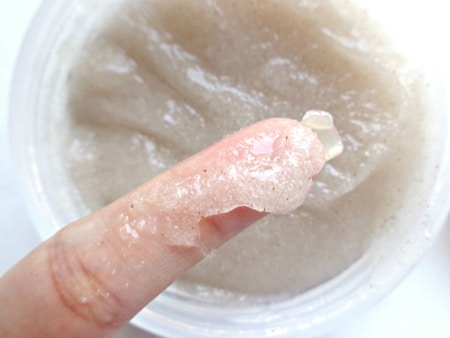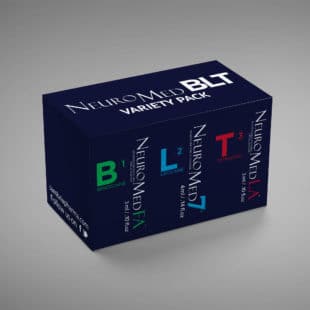Compounded topical anesthetics

Practitioners are increasingly using compounded topical anesthetics in the field of dermatology. Application of topical anesthetics prior to performing dermatologic procedures has proven to decrease pain and discomfort associated with these procedures. Despite the prevalent use of compounded topical anesthetics, there are few standard guidelines regarding which products provide optimal and safest use. Adverse events are often correlated with improper application of compounded topical anesthetics. A few case reports have cited adverse events related to the use of compounded topical anesthetics that the United States Food and Drug Administration (FDA) has not approved, such as lidocaine 10%, tetracaine 10% combined with DMSO as a driver. One compounded topical anesthetics products caused ocular damage to a 63-year old woman undergoing a laser procedure. A piece of the gritty residue in the overly highly concentrated compounded topical anesthetics product entered the eye of the patient. The patient’s eyes were anesthetized with opthalmic tetracaine solution. The patient was not able to feel the gritty residue that entered her eye until after the opthalmic anesthetic wore off. Careful attention must be paid to the use of highly concentrated compounded topical anesthetics. There is a need for better formulations of these products in order to prevent adverse events.
The widespread use of highly concentrated topical anesthetics perpetuated when a study of the effect of a compounded numbing product numbing demonstrated positive results utilizing an aesthetic laser procedure. Compound pharmacies universally marketed their various compounded topical anesthetics, referencing this article. The reason for the rapid and widespread growth in the use of compounded topical anesthetics formulations was due to the common need for adequate numbing when performing many superficial, yet painful aesthetics procedures. The growth rate of medical spa and aesthetic dermatology treatments demand has been increasing steadily since 1997. Along with this demand, came the demand for pain-free or greatly reduced pain during the procedures. The immediate and remaining solution has been compounded topical anesthetics. This is because most of the currently marketed FDA approved and/or compliant topical anesthetics, such as prescription EMLA cream (Astra Zeneca) and LMX 5 as two common examples were not adequately addressing the efficacy requirements of most practitioners at the time.
While often very effective, compounded topical anesthetics procurement and use come with a set of potentially serious issues, such as, among possible others:
- Medico-legal (FDA Policy is one script for one patients use – this is not how they are often procured. Common procurement and use is – one script for one patient which is used on many
- adverse events – which can include, among possibly many others, ocular damage from insoluble grit, respiratory collapse from the systemic entry due to overly high concentrations, large surface area, driver that cause the API’s to enter the system, and cross-contamination from multi-use containers.
When procuring and using these compounded products, the risk-to-benefit should be considered by responsible clinicians.


